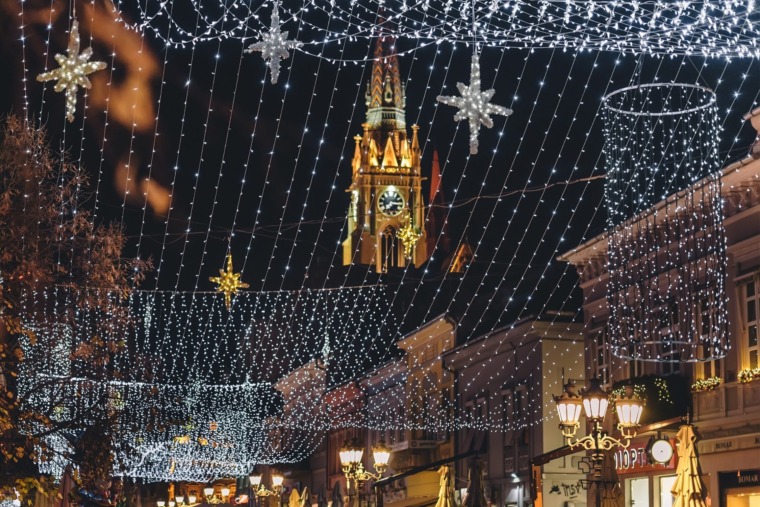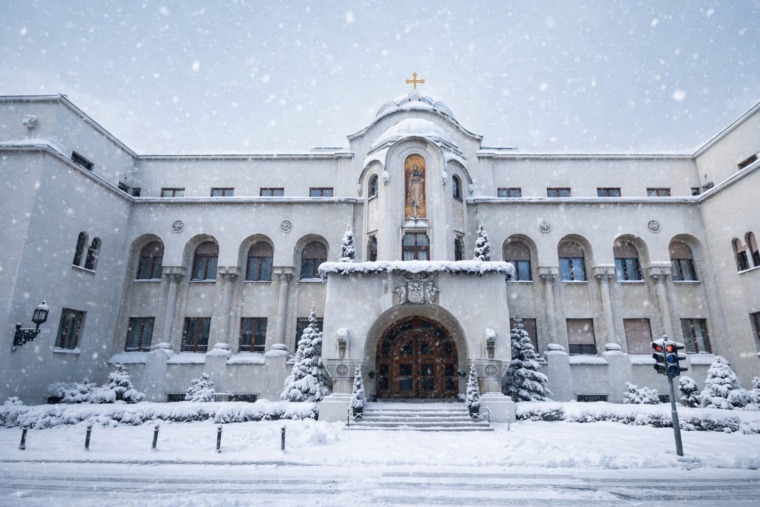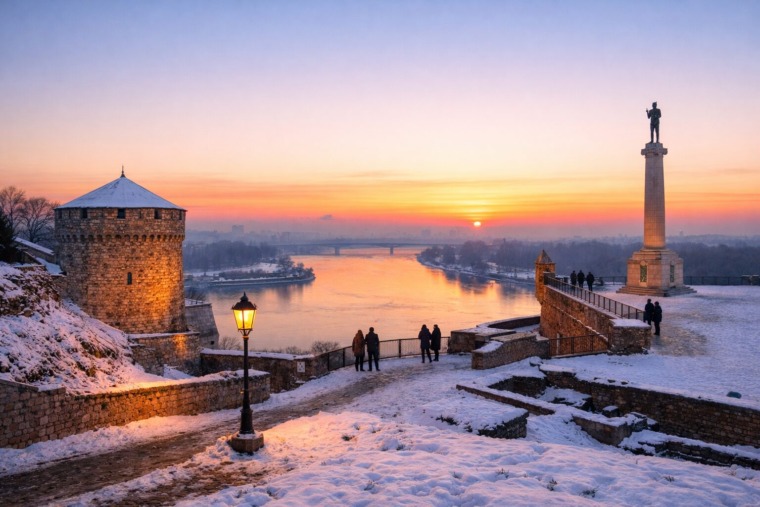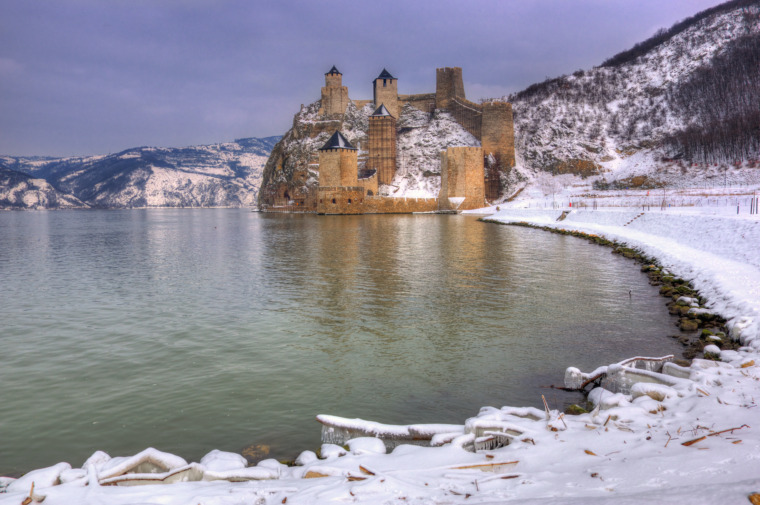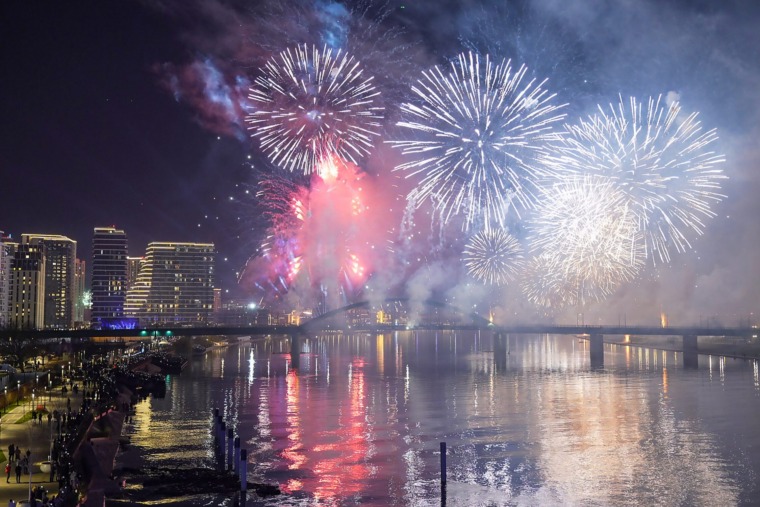
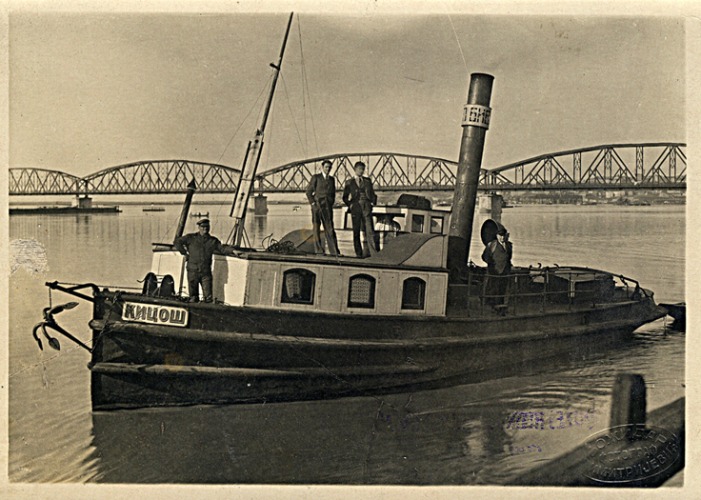
The Water and Archaeology Association published a map of shipwrecks of the Belgrade Aquatorium, prompted by a friend’s question: “What would it be like to walk along the riverbeds of the Danube and Sava rivers if their waters dried up?”
The map has revealed the secrets of Belgrade’s rivers, whose beds preserve the traces of heavy ship traffic on the Danube, the Sava and their Belgrade tributaries. The map includes wrecked ships that have been raised and those that still lie on the bottom. In addition to photos from the glory days, the map includes the ship’s “ID”: year of construction, type of vessel, date and cause of shipwreck. It covers the period from the 15th to the 20th centuries.
Since the Middle Ages, Belgrade has been known not only as a trading port, headquarters of river flotilla and site of fateful battles, but also as a shipyard. Under Ottoman rule Belgrade became a well-known 16th century military shipyard. At that time it could have been ranked alongside the world-renowned arsenal of Constantinople. According to Turkish sources, the Belgrade shipyard was founded by Mehmed Pasa Sokolovic and had an annual production of 85 triremes – galleys with three rows of oars, which is equivalent to today’s destroyers. During the 17th and 18th centuries, yawls, vessels and copper alloy boats were built, while in the early 19th century nave-like marine vessels were constructed. The first complete marine vessel (a sailboat) in the renewed Serbian state was constructed by sea captain of Greek origin, Nikola Kefala, after the publication of Hatisherif in 1830. The Cukarica workshop produced drvarice boats and iron barges for more than a century.
SECRETS OF THE RIVER BOTTOM
Most data from the period of the first and second world wars has been preserved. One can learn from the maps that the following ships sank during the mining of the River Sava railway bridge in both world wars: Hungarian Alkotmanj on 29th July 1914 and screw steamer “Tanasko Rajic” on 12th April 1941. The crew of the “Tanasko Rajic”, who had only moved to this ship six days earlier after the sinking of the “Deligrad” steam tug (built 1869), moved the ship upstream from the confluence so that it would not come into enemy’s hands. However, they all perished. The monitor ship “Sava” (built 1904) sank near the site of the “Deligrad” in April 1941. It was near the site of today’s Pancevo Bridge that the ship “Volcano” sank in 1918. Nine years later its submerged superstructure was hit by the ship Strossmayer, while a ship called Velebit disappeared at the same spot in 1944.
The allied bombing of Belgrade in April 1944 turned the Bežanija winter port into a graveyard of ships: 30 vessels sank to the bed of the Sava, including the Katarina Harle, tugboats Kajmakcalan, Kraljevic Marko and Bosna, as well as passenger ships Kraljica Marija (Queen Mary) and Cetinje. The latest date on the map is from 2010, when the motor cargo ship Sip, built in 1943, sank at the Sava Port. However, this is by no means the end of Belgrade’s underwater story.
– Following the publication of the Map of shipwrecks, the Association started receiving new information on shipwrecked vessels, explains Gordana Karovic, the President of the Water and Archaeology Association.
Asked why river underwater archaeology is such a little known discipline, Gordana explains: “everyone is trying to avoid the river, because it is fast and muddy and visibility is limited –never exceeding a single metre”.
– Our rivers are exceptionally fast and, making it particularly restrictive, we can only work there for a short period of time, because of hydrographical conditions that vary from year to year. On the other hand, National Geography, Discovery and similar scientific programmes are based on the marine environment, which is much nicer and easier to work with.
The Water and Archaeology Association was founded on Danube Day, 29th June, 2007. It currently has 12 members of differing professions and education. They are hoping that the Serbian public’s interest in historic ships could encourage the arrival of the Hungarian wartime military monitor ship “Leitha”, which sank 140 years ago.
– The Hungarians reconstructed “Leitha” for this occasion and turned it into a museum ship. It should be in Vienna in April and the Hungarian town of Baya on 21st May for the staging of the central observation ceremony. We hope that Leitha could also come to Novi Sad and Belgrade, where it last sailed during WWI. This time it would be a peaceful, cultural mission that could prompt the local public to get involved in the protection of historic ships, as Serbia’s Novi Sad preserves one of only seven surviving monitor ships in the world. Slightly younger than Leitha, the Novi Sad monitor ship was built in 1905 and initially named Bodrog, before being renamed Sava. Today it is a vessel attached to “Tisa” ferry, says Karovic.
Author: Jelena Tasic
Related Articles


10 Dishes That Must Be on a Serbian New Year’s Table
December 24, 2025
Tourist Holiday Guide to Serbia: Tips, Traditions & What to Expect
December 20, 2025